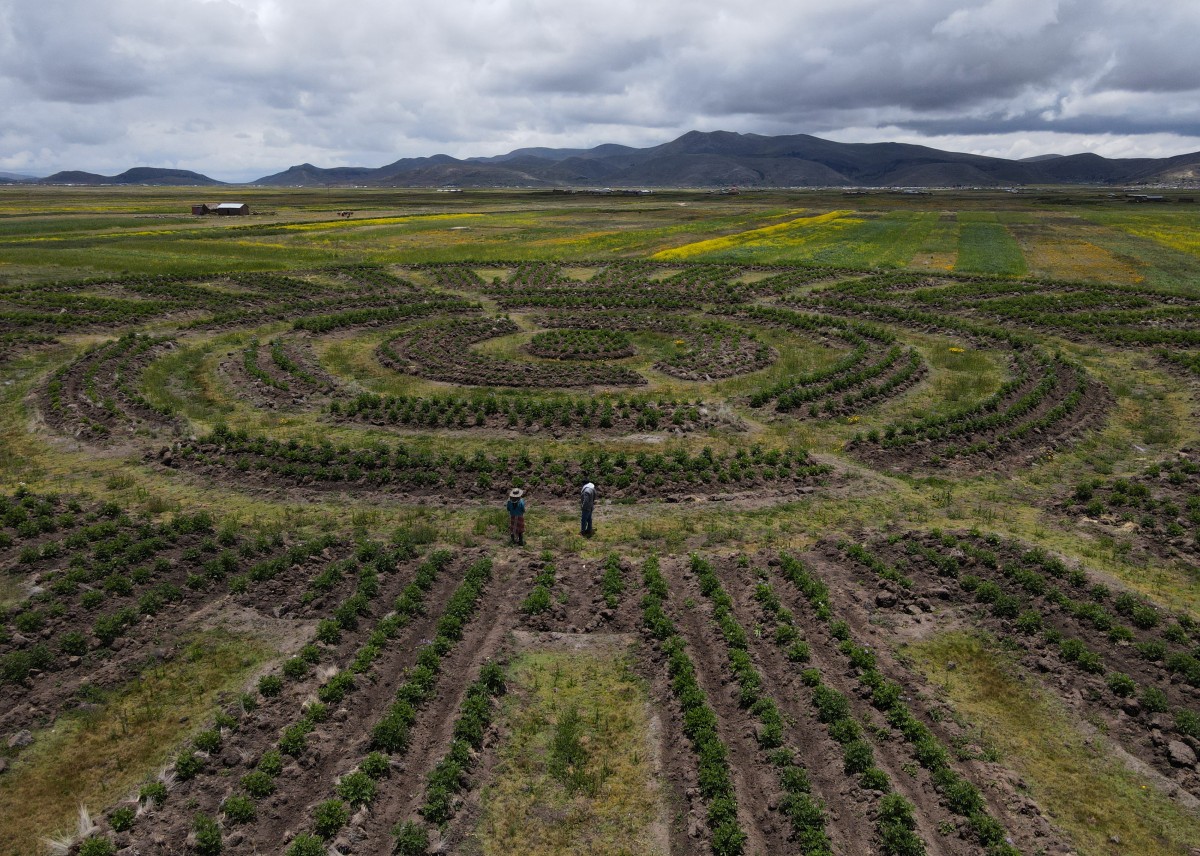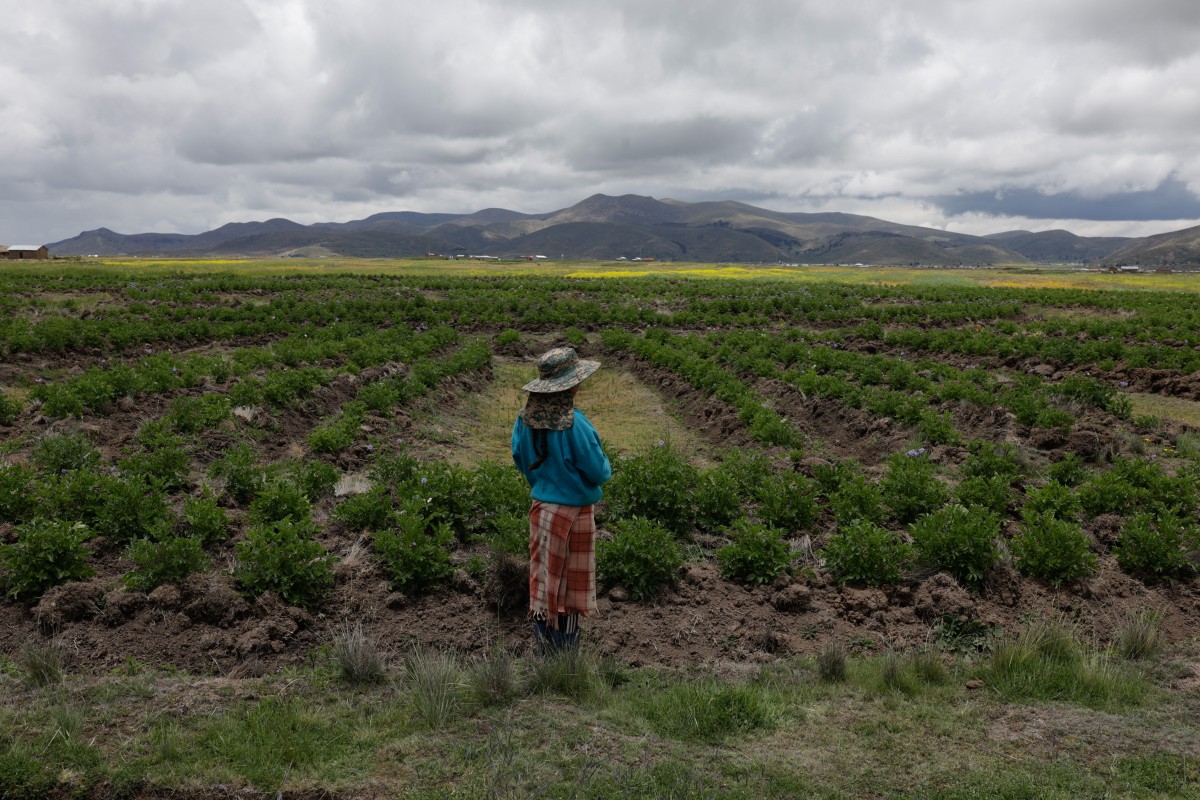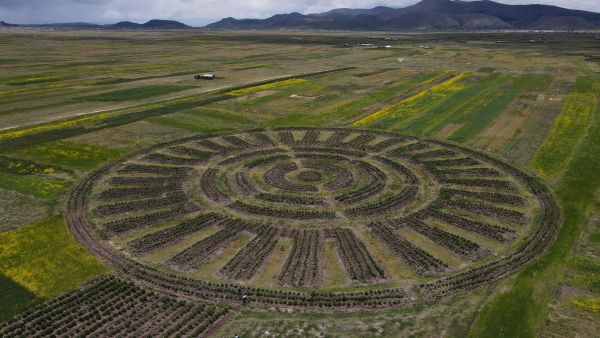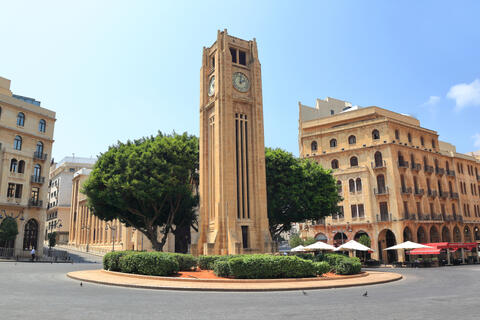ALBAWABA - Resembling intricate circular patterns from the sky, the Waru Waru farming technique is not the creation of aliens, but rather a traditional method revived by farmers in the Andean plateaus of Puno to combat the effects of the climate crisis.
The Waru Waru, derived from the indigenous Quechua word meaning ridge, has been reintroduced in the region on the Peru-Bolivia border to protect important potato and quinoa crops, just as it did two millennia ago. Farmers like Cesar Cutipa emphasize the significance of this agricultural farming technique in facing the challenges brought about by climate change.
Ancient farming technique revived to combat climate crisis

(Photo by Juan Carlos CISNEROS / AFP)
Located near Lake Titicaca at an altitude of about 3812 meters, Puno's farmers have constructed six Waru Waru structures in fields susceptible to flooding.
These structures have furrows that create rectangular platforms for cultivation, surrounded by water to form planting beds that are elevated and range from 100 meters in length, four to 10 meters in width, and one meter in height.
The water surrounding the crops creates a microclimate, absorbing heat during the day and emitting it at night to prevent frost damage in sub-zero temperatures. Agronomist Gaston Quispe talks about the intelligent drainage system in Waru Waru, which prevents flooding during the rainy season by diverting excess water to the river.

(Photo by Juan Carlos CISNEROS / AFP)
During the severe drought of 2023, Waru Waru helped farmers cope with water scarcity and manage potential food shortages.
The technique has become an important lifeline for farming communities, predominantly Quechua in Peru and both Quechua and Aymara in Bolivia, allowing residents like 22 years old farmer Valeria Nahua to sustain themselves with locally grown crops and maintain their traditional way of life in harmony with nature.









